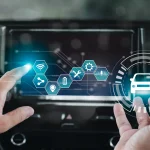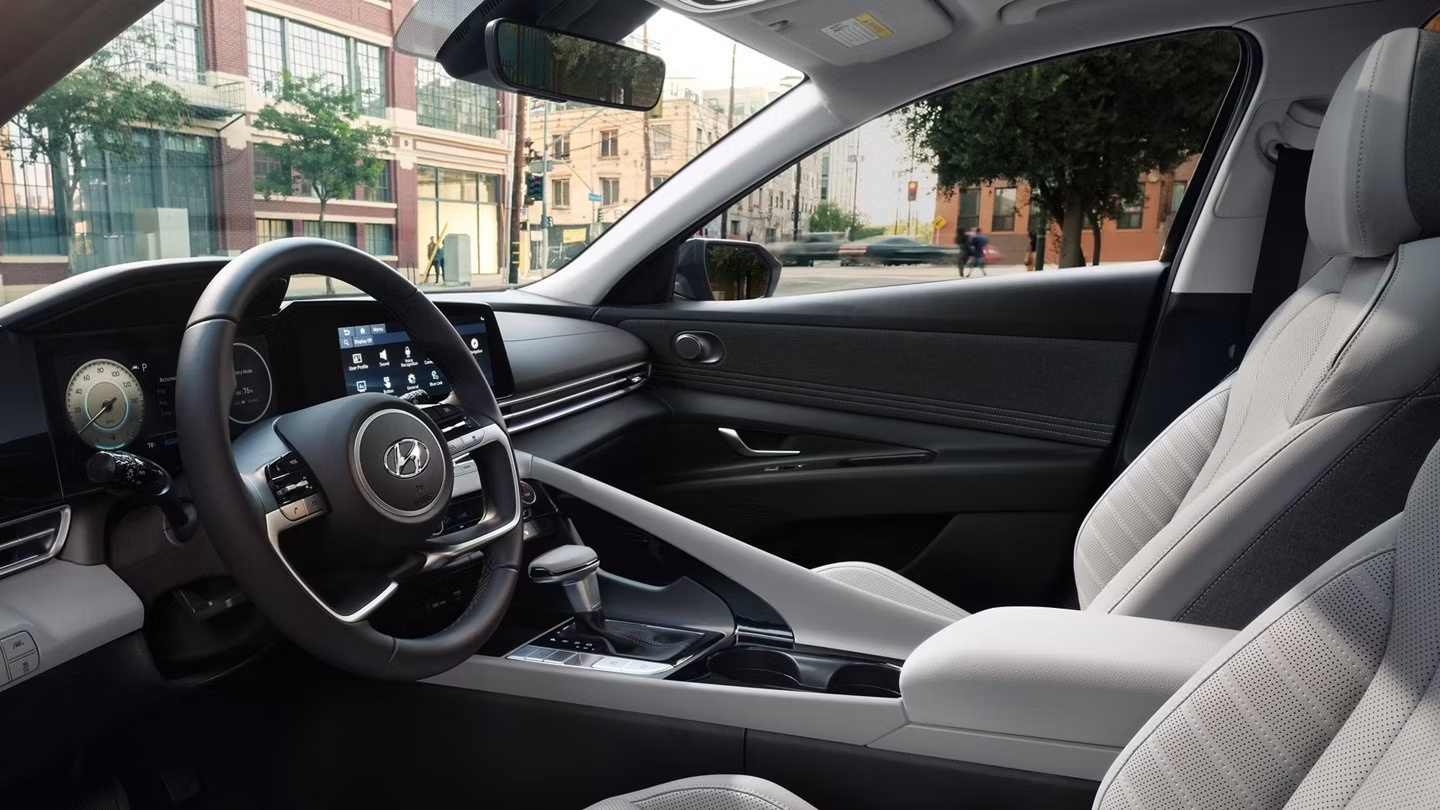
Remember when a dash cam was just a simple camera stuck to your windshield? A digital witness for insurance claims? Well, forget that. The game has changed. Dramatically.
Today’s high-tech dash cams are less like passive recorders and more like an intelligent co-pilot. They’re packed with artificial intelligence that doesn’t just record your drive—it understands it. For safety-conscious drivers, this isn’t just an upgrade; it’s a revolution on four wheels. Let’s dive into what makes these gadgets so incredibly smart.
Beyond Recording: What is AI in a Dash Cam, Anyway?
At its core, AI in a dash cam is like giving the device a brain. Instead of just capturing pixels, it analyzes them in real-time. It learns to recognize objects—cars, people, lane markings—and can predict potential hazards before they even fully unfold. It’s the difference between a security guard who just watches a monitor and one who actively points out the shoplifter.
This tech uses something called Advanced Driver-Assistance Systems (ADAS) algorithms. But you don’t need to remember that. Just know it’s the same kind of smarts you’d find in a new, high-end car. Honestly, it’s like getting a slice of a Tesla’s safety features for a fraction of the cost.
The AI Safety Toolkit: Features That Actively Protect You
So, what does this “smart co-pilot” actually do? Here’s a breakdown of the AI features that are genuinely changing the driving experience.
Forward Collision Warning (FCW)
This is a big one. The AI constantly monitors the distance and closing speed to the vehicle in front of you. If it calculates a high risk of a rear-end collision, it will issue an audible alert—a sharp beep or a “Collision Warning!”—giving you those precious extra seconds to react.
Lane Departure Warning (LDW)
Ever drifted a little on a long, monotonous highway? We all have. The AI detects lane markings and will gently (or not so gently!) notify you if you start to drift without your turn signal on. It’s a fantastic safeguard against drowsy or distracted driving.
Dangerous Driving Detection & Alerts
This is where it gets really clever. Some AI dash cams can now detect and alert you to specific, risky behaviors. We’re talking about:
- Tailgating Alerts: Warns you if you’re following the car ahead too closely.
- Pedestrian & Cyclist Detection: Spots vulnerable road users even in complex urban environments and highlights them on the screen.
- Red Light & Speed Camera Warnings: Many models now have built-in databases that give you a heads-up as you approach known camera locations.
Parking Mode: Your 24/7 Silent Guardian
Here’s a sobering thought: about 20% of all collisions happen in parking lots. And hit-and-runs while your car is parked are a massive headache. AI transforms your dash cam into a 24/7 sentry.
With a buffered parking mode, the dash cam uses a super-low-power state to monitor your surroundings. The AI is the key. Instead of recording hours of nothing, it only saves footage when its brain detects a significant event. This includes:
- Impact (G-Sensor) Detection: The classic—it feels a bump and saves the clip.
- Motion Detection: Records if someone approaches your car.
- AI-Parked Surveillance: The advanced version. It can distinguish between a person loitering near your vehicle and a tree branch swaying in the wind. This drastically reduces false alarms and saves your camera’s power and storage.
Choosing Your AI Co-Pilot: What to Look For
The market is getting crowded, sure. But knowing what to prioritize makes all the difference. You’re not just buying a camera; you’re investing in a safety system.
| Key Feature | Why It Matters |
| Video Resolution & Night Vision | Look for 2K or 4K resolution and a wide aperture (e.g., f/1.5) for crisp, clear footage day and night. You need to be able to read license plates. |
| GPS Built-in | This overlays your speed, location, and route onto the video. Crucial evidence. |
| Cloud Connectivity | Allows for instant video uploads, real-time alerts to your phone, and access to footage without pulling the memory card. |
| Super Capacitor (not a battery) | For extreme temperatures. Batteries can swell and fail in the heat; capacitors are much more resilient. |
| The “Right” AI Features | Don’t just get dazzled by a long list. Focus on the core safety alerts (FCW, LDW) and smart parking mode that fit your driving habits. |
Honestly, the best AI dash cam for you depends on your daily grind. A city driver battling traffic and pedestrians will benefit massively from cyclist detection. A highway commuter might value forward collision and lane departure warnings above all else.
The Bigger Picture: More Than Just an Insurance Tool
Sure, the primary draw is protection and evidence. But the subtle, long-term benefit is how these devices make you a better, more aware driver.
Hearing that forward collision warning a few times makes you consciously—or maybe subconsciously—start to leave more space. The lane departure alert trains you to use your turn signal more consistently. It’s a constant, gentle feedback loop. You start to internalize the alerts, anticipating hazards the way the AI does.
In a way, it’s the ultimate driving instructor that never gets tired, never gets frustrated, and has lightning-fast reflexes.
A Final Thought on the Road Ahead
This technology is still evolving, you know. It’s not infallible. You might get a false alarm now and then—a shadow triggering a collision warning, or faded lane markings confusing the system. It’s a tool, not a replacement for your own vigilance.
But the direction is clear. The line between the safety features built into a car and the ones you can add yourself is blurring. These AI-powered dash cams are democratizing advanced safety, making it accessible to everyone, regardless of what car they drive. They’re a small device on your windshield that carries a big promise: not just to record what happens, but to help ensure that less of the bad stuff ever does.











